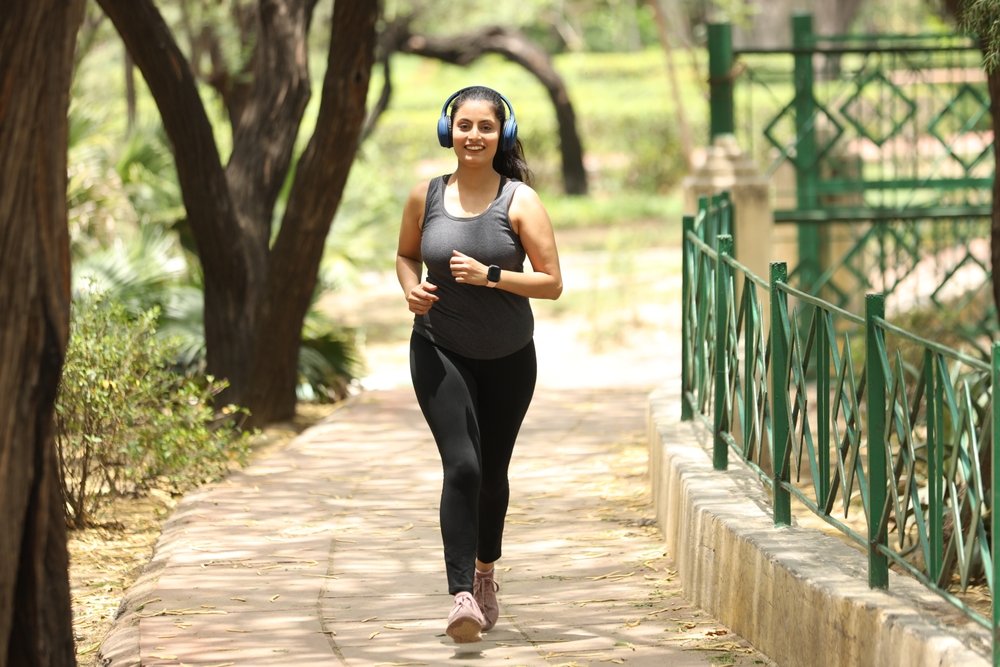 ↵
↵
Running is a popular and accessible form of exercise that offers numerous physical and mental health benefits. However, female runners face unique challenges and risks regarding running injuries. Understanding these specific issues and knowing where to seek professional help can make a significant difference in your running journey. This blog will explore common running injuries in women, their causes, prevention strategies, and the importance of specialized care.
Common Running Injuries in Women
1. Runner's Knee (Patellofemoral Pain Syndrome)
Runner's knee is a prevalent issue among female runners, characterized by pain around the kneecap. Women are more susceptible due to anatomical differences, such as wider hips, which can affect knee alignment.
2. Stress Fractures
Women are at a higher risk of developing stress fractures, particularly in the foot and lower leg. Factors such as lower bone density, menstrual irregularities, and inadequate calcium and vitamin D intake can contribute to this risk.
3. IT Band Syndrome (Iliotibial Band Syndrome)
This condition causes pain on the outside of the knee and is often linked to overuse and biomechanical imbalances. Women's wider pelvis can contribute to a higher incidence of IT band issues.
4. Plantar Fasciitis
Women who run are also prone to plantar fasciitis, an injury causing pain in the heel and bottom of the foot. Contributing factors include high arches, flat feet, and wearing improper footwear.
5. Hip Pain
Hip injuries, including hip bursitis and labral tears, are common in female runners. The structure of the female pelvis and hormonal influences can affect hip stability and contribute to these injuries. Pelvic floor dysfunction is also common in women runners, which can manifest as hip pain that looks like bursitis and labral tears, so a pelvic floor assessment is important along with an orthopedic one.
Causes of Running Injuries in Women
Several factors can increase the likelihood of running injuries in women:
- Anatomical Differences: Women's wider hips can lead to biomechanical issues that affect running form and increase injury risk.
- Hormonal Fluctuations: Hormonal changes throughout the menstrual cycle can impact how the muscles work throughout the menstrual cycle.
- Nutritional Factors: Women are more prone to nutritional deficiencies, such as low calcium and vitamin D levels, which can affect bone health.
- Footwear: Wearing shoes that do not provide adequate support or are not suited to a woman's foot shape can contribute to injuries.
- Core strength and stability: Changes after pregnancy, even years after, can affect how the core functions. Often injuries in the hip, leg, and ankle are caused by irregularities in how the core is firing.
Prevention Tips
1. Strength Training
Incorporate strength training exercises to build muscle strength and improve joint stability. Focus on the core (including the diaphragm, pelvic floor, and abdominals), hips, and legs to support proper running mechanics. Higher level balance training, including jumping and landing is also important. When we run, we often are suspended in the air and land on one foot, so we need to have great balance to prevent injury.
2. Proper Footwear
Invest in high-quality running shoes designed for your foot type and running style. Replace them regularly to ensure optimal support and cushioning. We love Brooks and Asics, but visit your closest running store for your best fit. Make sure you have enough room in your toe box and a snug, but comfortable fit.
3. Balanced Nutrition
Maintain a balanced diet rich in calcium and vitamin D to support bone health. Consuming adequate protein is also important for muscle building and injury prevention.
4. Gradual Progression
Avoid sudden increases in mileage or intensity. Follow the 10% rule: don't increase your weekly mileage by more than 10% to prevent overuse injuries. It’s also important to include cross training like biking or swimming to improve aerobic capacity, but varying what your body does and reducing impact through your joints can help prevent injury.
5. Listen to Your Body
Pay attention to any pain or discomfort. Early intervention can prevent minor issues from becoming major injuries. Often, rest is not the answer and a specific muscle or movement issue will need to be addressed, especially if pain moves around or comes back often in the same spot.
Seeking Professional Help
Sports Medicine & Injury Treatment
Consulting a specialist in sports medicine can provide comprehensive care tailored to female athletes. These professionals can accurately diagnose injuries and develop personalized treatment plans.
Women’s Health Considerations
Female runners should seek healthcare providers specializing in women's health, as they can address specific concerns related to hormonal fluctuations, bone health, and nutritional needs. Finding a women’s health expert near you ensures that you receive the most relevant and effective care.
Conclusion
Running injuries are a common challenge for women, but with the right approach to training, nutrition, and professional care, they can be managed and prevented. Understanding the unique risks women face and knowing when to seek help from sports medicine and women’s health specialists is crucial for a long lasting and enjoyable running experience.
If you're experiencing running injuries or need personalized advice, consider scheduling an appointment with Resilient Women’s Health’s sports medicine and women’s health expert near you. Our physical therapists can provide the guidance and treatment necessary to keep you running strong and injury-free.
